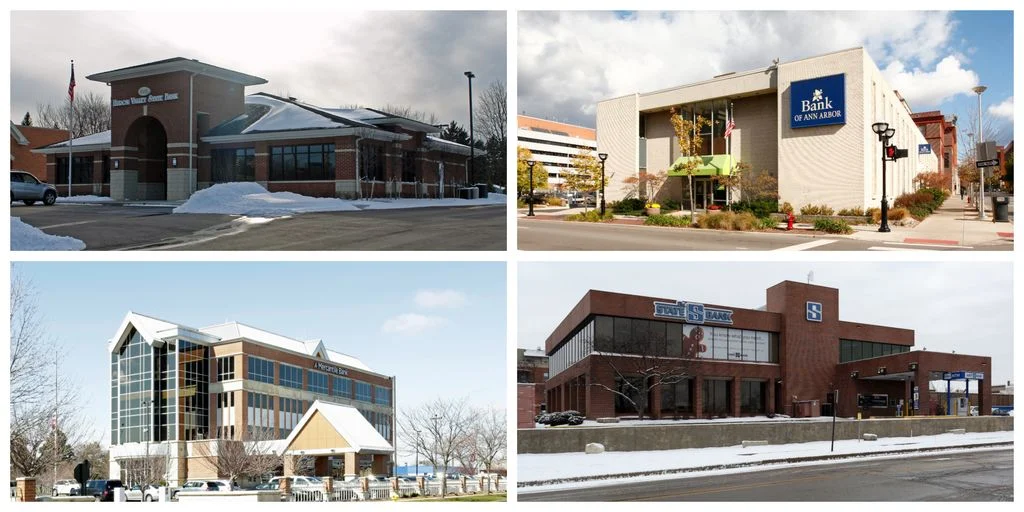Jonathan Gray, president and CEO of Blackstone Inc., said during an address at the NEXUS conference in Orlando, that some failing banks like First Republic ended belly-up because of a “mismatch of assets and liabilities.”
“They had 20-year loans and 20-second deposits,” Gray said, according to a Private Debt Investor story.
But local banks by and large have been more prudent in their lending.
Data provided by East Lansing-based Community Bankers of Michigan shows that nonperforming assets — essentially, loans not being paid — are relatively small. Two-thirds (49) Michigan banks report nonperforming assets comprise less than 0.5% of their loan totals, while the rest report they make up 2% or less of their totals.
Joshua Bernard, principal of Southfield-based Bernard Financial Group, piggybacked on what Gray said, noting that we “can’t necessarily assume that they all made 20-year loans just because they have a lot of real estate exposure.”
“There are plenty of local community banks and regional banks that made good, appropriately termed and credit-structured loans,” Bernard said. “There are obviously some that did not, and time will tell.”
For local Michigan banks, commercial real estate loans are often for bread-and-butter projects, not splashy high-rise office or residential towers.
For example, Craig Johnson, executive vice president and chief lending officer for Fenton-based The State Bank, said the bank has 48 office loans totaling about $62 million, for an average of just about $1.3 million. There have been no workout arrangements needed on its CRE loans, which account for 48.2% of its $1.74 billion in assets.
“What’s really the concerning sector, which are the larger multi-tenant, non-owner-occupied properties in major metropolitan areas, or in the suburbs of the major metropolitan areas,” Johnson said. “Our exposure in that sector is much smaller. While we do have a couple relationships in multi-tenant, they’re not $30 million or $50 million transactions, or 100,000-square-foot footprints. They are much smaller, much more manageable.”
Like all banks, The State Bank is looking to minimize its risk. The State Bank’s policy for a non-owner occupied real estate loan includes 25% equity on the property and a stringent application.
“There are certain sectors we’ve never touched: land development, spec housing, we’ve never done that,” Johnson said. “Owner-occupied office we would look at, but we’re not looking at any of the non-owner occupied office sector at this point in time.”

